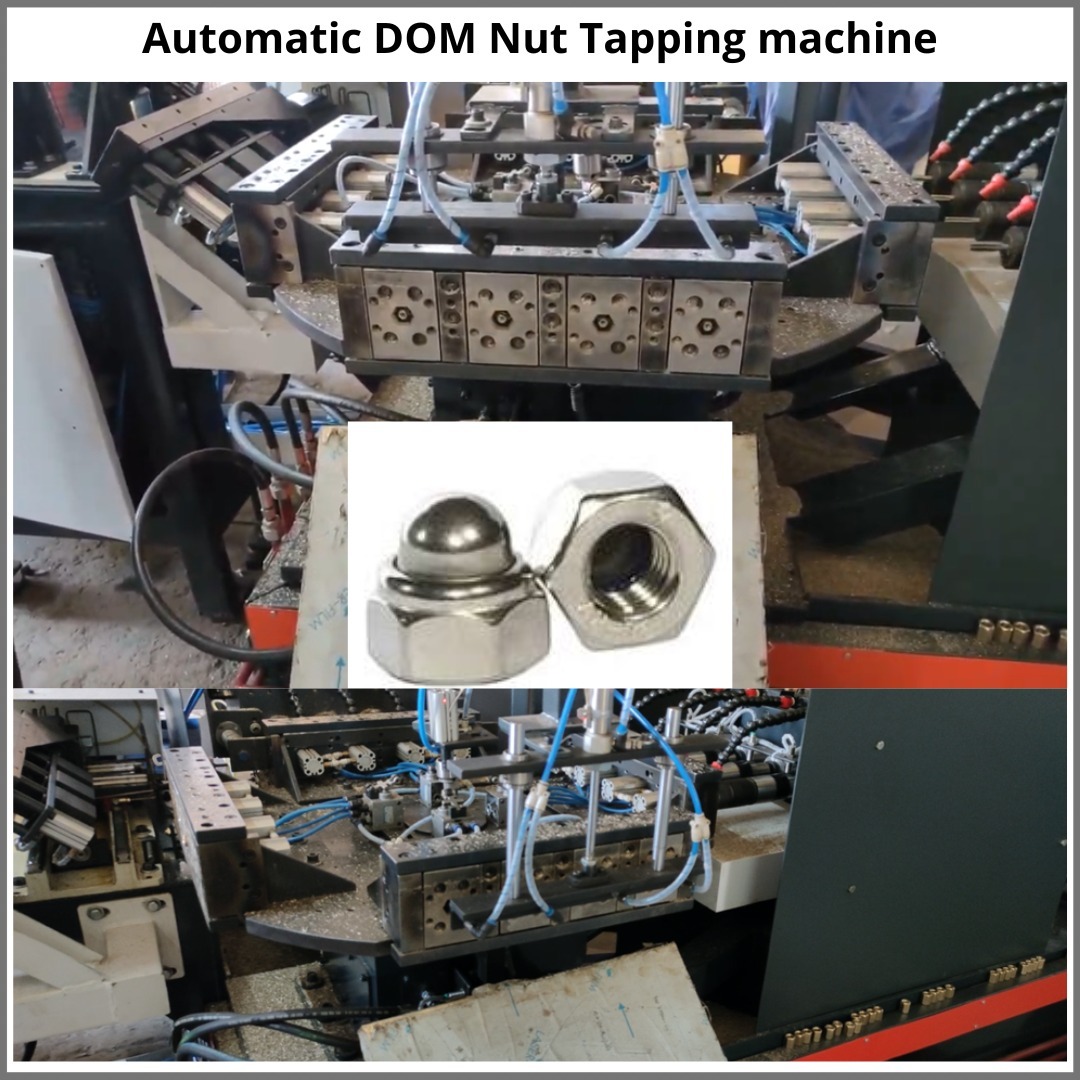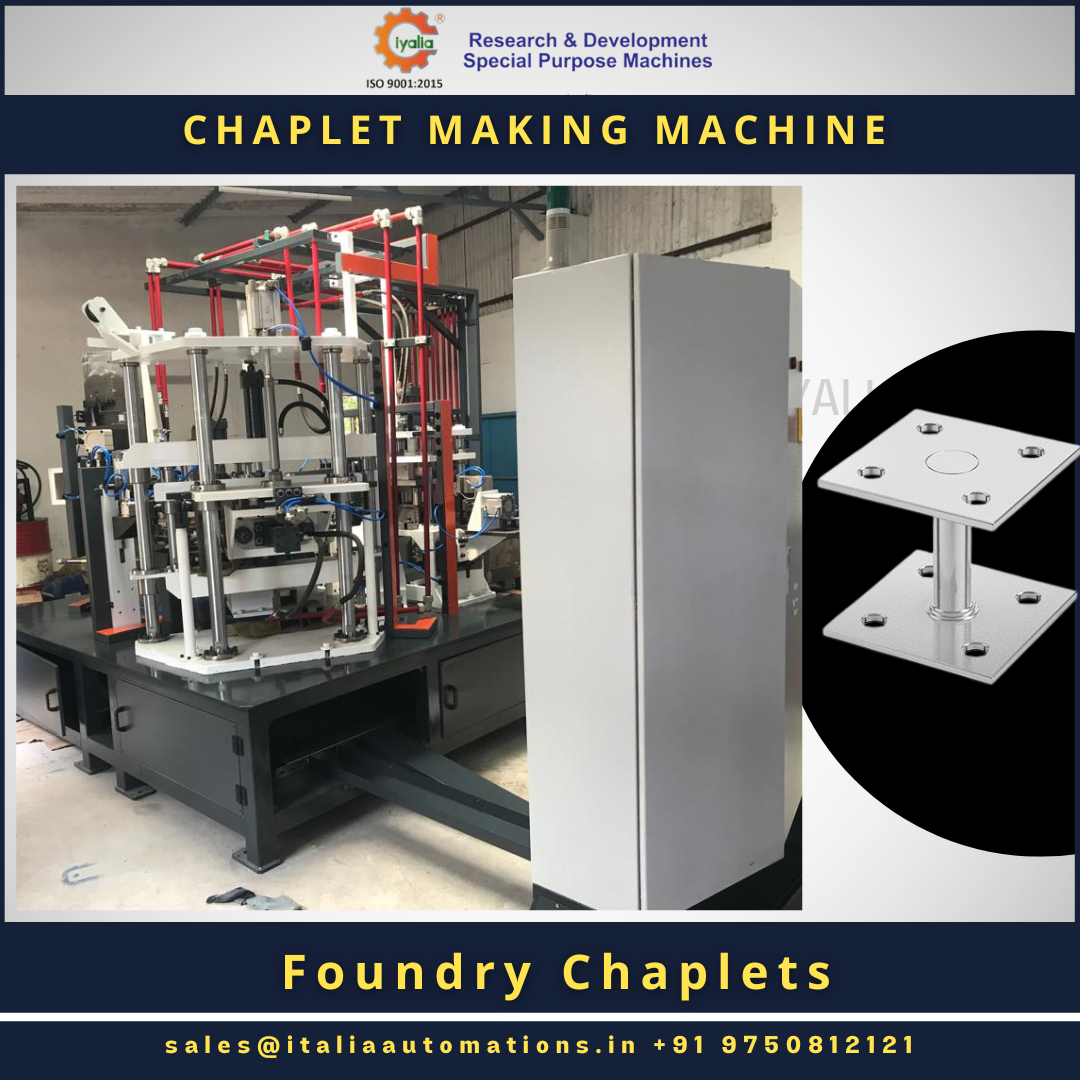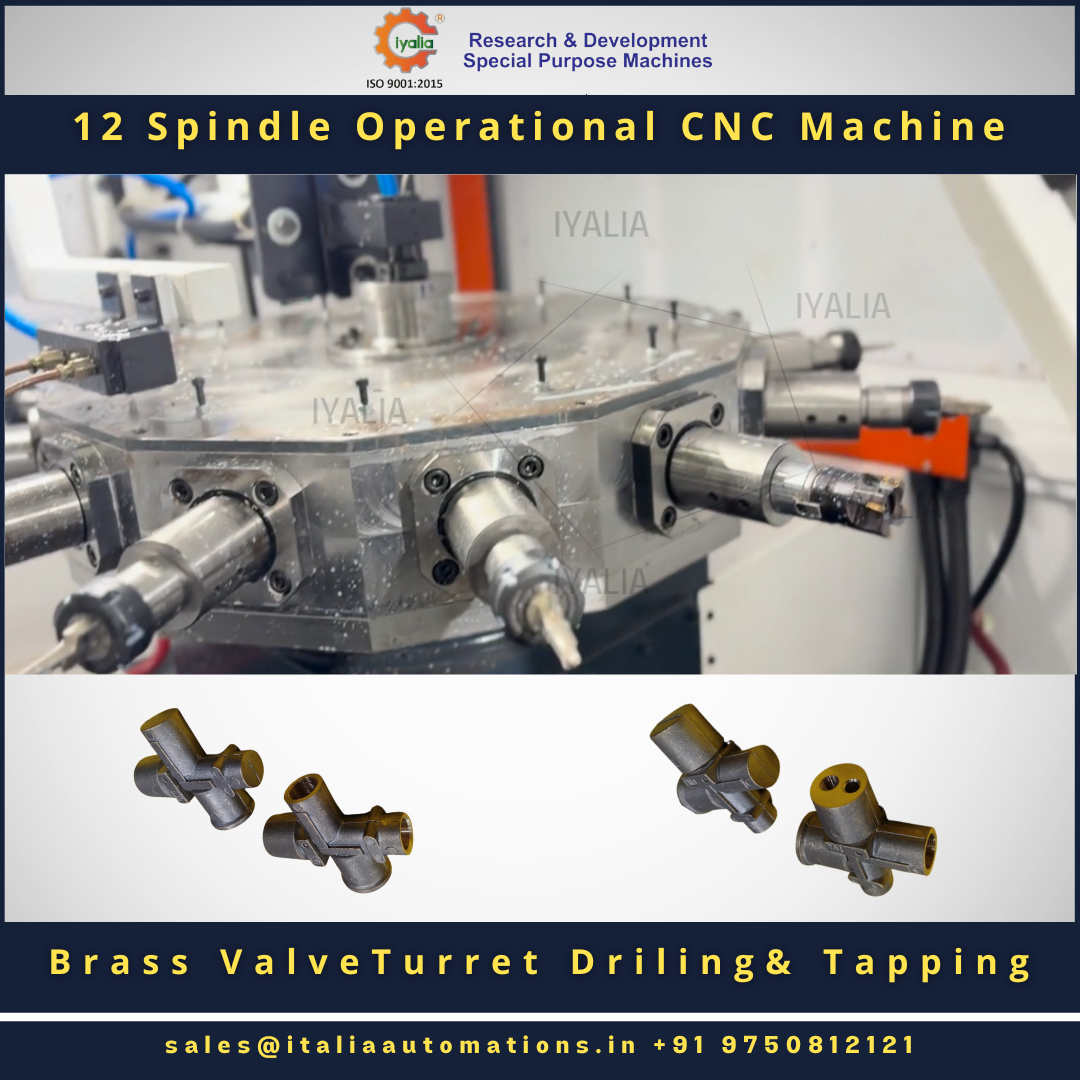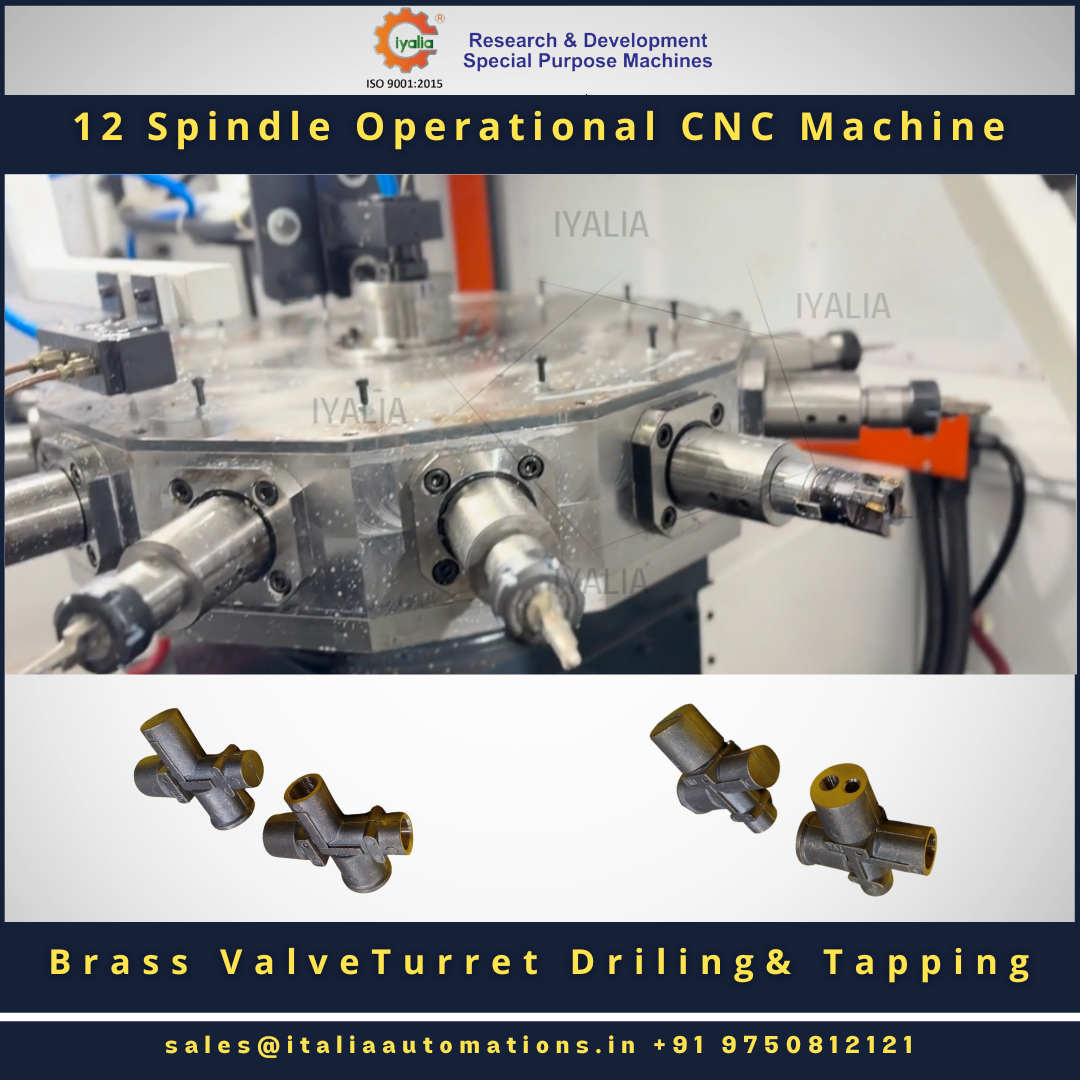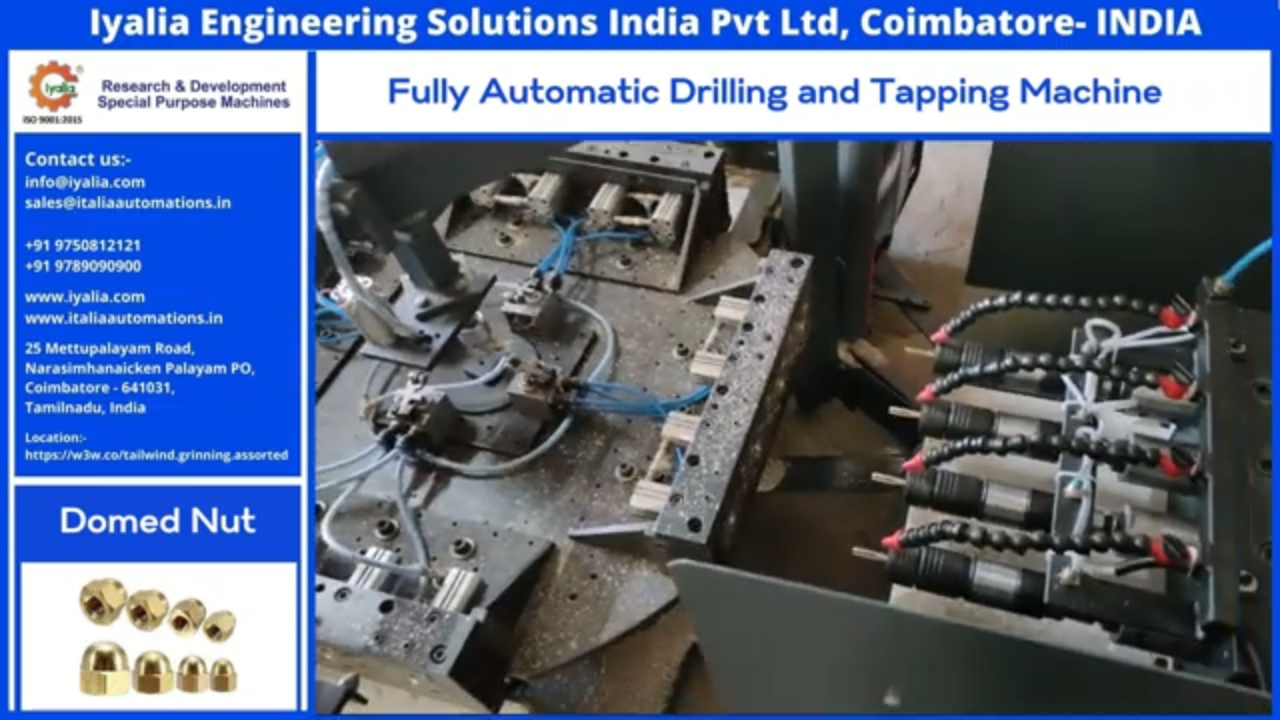
The Integral Role of Drilling and Tapping in Modern Industry Automation
The engineering marvels we see around us, from towering skyscrapers to intricate machinery, fundamentally rely on the seamless assembly of individual components. When it comes to joining two separate parts, there are predominantly two methodologies: welding the components together or affixing them using screws or rivets. The latter, which requires drilling and tapping, has become an essential process in the manufacturing world.
Welding Vs. Screwing: The Assembly Showdown
While welding offers a strong bond between metals by melting and fusing them together, it isn't universally applicable. Not all materials can be welded, and certain applications demand the flexibility of non-permanent joints, which screws and rivets provide. This is where drilling and tapping come into play.
Welding:
Advantages: Provides a robust, permanent joint; no additional fasteners required.
Limitations: Limited to materials that can be melted and fused; lacks flexibility for disassembling.
Screwing/Riveting:
Advantages: Offers flexibility in assembly and disassembly; applicable to a wider range of materials.
Limitations: Requires preparatory processes like drilling and tapping; might not be as strong as welded joints.
Considering the advantages of using screws or rivets in numerous applications, especially where adaptability is needed, the importance of drilling and tapping can't be overstated.
Demystifying Drilling and Tapping
Before we delve into automation, it's crucial to understand what drilling and tapping entail:
Drilling: It's the process of creating a hole in a material using a rotating drill bit. This hole can either serve as a conduit or a receptacle for screws or other fasteners.
Tapping: Post-drilling, tapping is the process of cutting threads inside the drilled hole so that it can accommodate threaded screws.
Together, these processes ensure the snug fit of screws, facilitating a firm assembly of components.
The Imperative for Automation in Drilling and Tapping
In industries where mass production is the order of the day, manual drilling and tapping can be both time-consuming and error-prone. Consistency, precision, and speed become paramount. This is where automation steps in.
Benefits of Automating Drilling and Tapping:
Enhanced Productivity: Automated machines can work around the clock, drastically reducing production time.
Consistent Quality: With machines calibrated to perfection, every hole drilled and tapped meets the exact specifications, ensuring uniformity.
Reduced Manpower Dependency: Automation minimizes human intervention, leading to fewer errors and reduced labor costs.
Safety: Machines can handle challenging materials and high-temperature environments, ensuring worker safety.
Optimized Resources: Automated machines can utilize materials more efficiently, leading to reduced wastage.
IYALIA Engineering: Pioneers in Drilling and Tapping Automation
IYALIA Engineering stands at the forefront of this automation revolution. Recognizing the critical role of drilling and tapping in industries, the company has dedicated itself to perfecting the art of automating these processes.
How IYALIA Engineering is Transforming the Industry:
State-of-the-Art Machines: Leveraging cutting-edge technology, IYALIA's machines ensure precision and speed, catering to both single-spindle and multi-spindle requirements.
Minimal Manpower: By automating the intricate processes of drilling and tapping, IYALIA has drastically reduced the need for human intervention, ensuring that the production line remains uninterrupted and efficient.
Customized Solutions: Understanding that every industry has unique needs, IYALIA offers bespoke solutions tailored to specific requirements.
End-to-End Service: Beyond providing machinery, the company ensures robust after-sales service, ensuring that their clients always have support at hand.
Sustainable Approach: In an era where sustainability is key, IYALIA's machines are designed to be energy efficient, minimizing the carbon footprint.
Conclusion
In the vast realm of manufacturing, where every second count and every screw must fit perfectly, automating processes like drilling and tapping becomes indispensable. Companies like IYALIA Engineering are not just meeting the demand; they are setting new industry standards. As industries continue to evolve, the marriage of engineering precision and automation will undoubtedly lead the way, ensuring efficiency, sustainability, and unparalleled quality.
Keywords
way
day
hole
play
hand
speed
clock
order
State
screws
rivets
metals
demand
clients
wastage
conduit
company
support
threads
Pioneers
Riveting
snug fit
Screwing
marriage
threaded
Benefits
forefront
Companies
Imperative
receptacle
importance
industries
Advantages
vast realm
efficiency
perfection
Conclusion
uniformity
wider range
Limitations
End Service
Consistency
flexibility
strong bond
Welding Vs.
labor costs
disassembly
adaptability
second count
fewer errors
Art Machines
unique needs
Integral Role
disassembling
sales service
firm assembly
worker safety
critical role
single-spindle
sustainability
other fasteners
mass production
manual drilling
production time
production line
carbon footprint
permanent joints
Minimal Manpower
essential process
bespoke solutions
two methodologies
seamless assembly
rotating drill bit
human intervention
two separate parts
Tapping Automation
Consistent Quality
Automated machines
IYALIA Engineering
manufacturing world
intricate machinery
engineering marvels
intricate processes
Optimized Resources
exact specifications
unparalleled quality
Sustainable Approach
additional fasteners
Customized Solutions
towering skyscrapers
Enhanced Productivity
The Assembly Showdown
challenging materials
specific requirements
numerous applications
automation revolution
individual components
engineering precision
preparatory processes
new industry standards
cutting-edge technology
robust, permanent joint
multi-spindle requirements
Modern Industry Automation
Reduced Manpower Dependency
high-temperature environments
